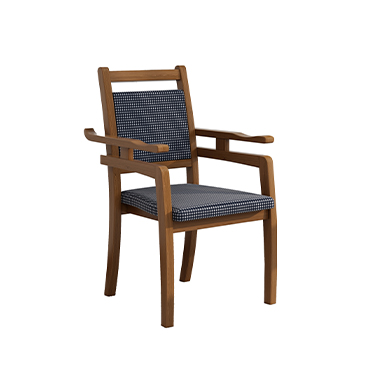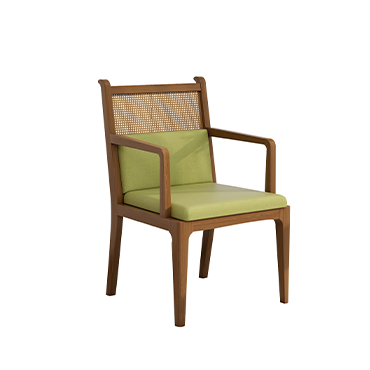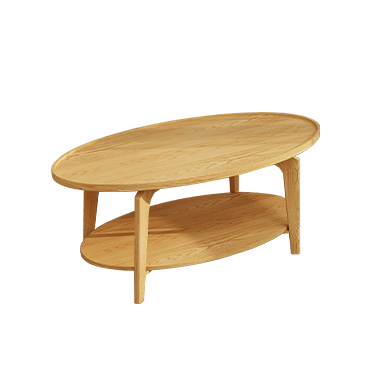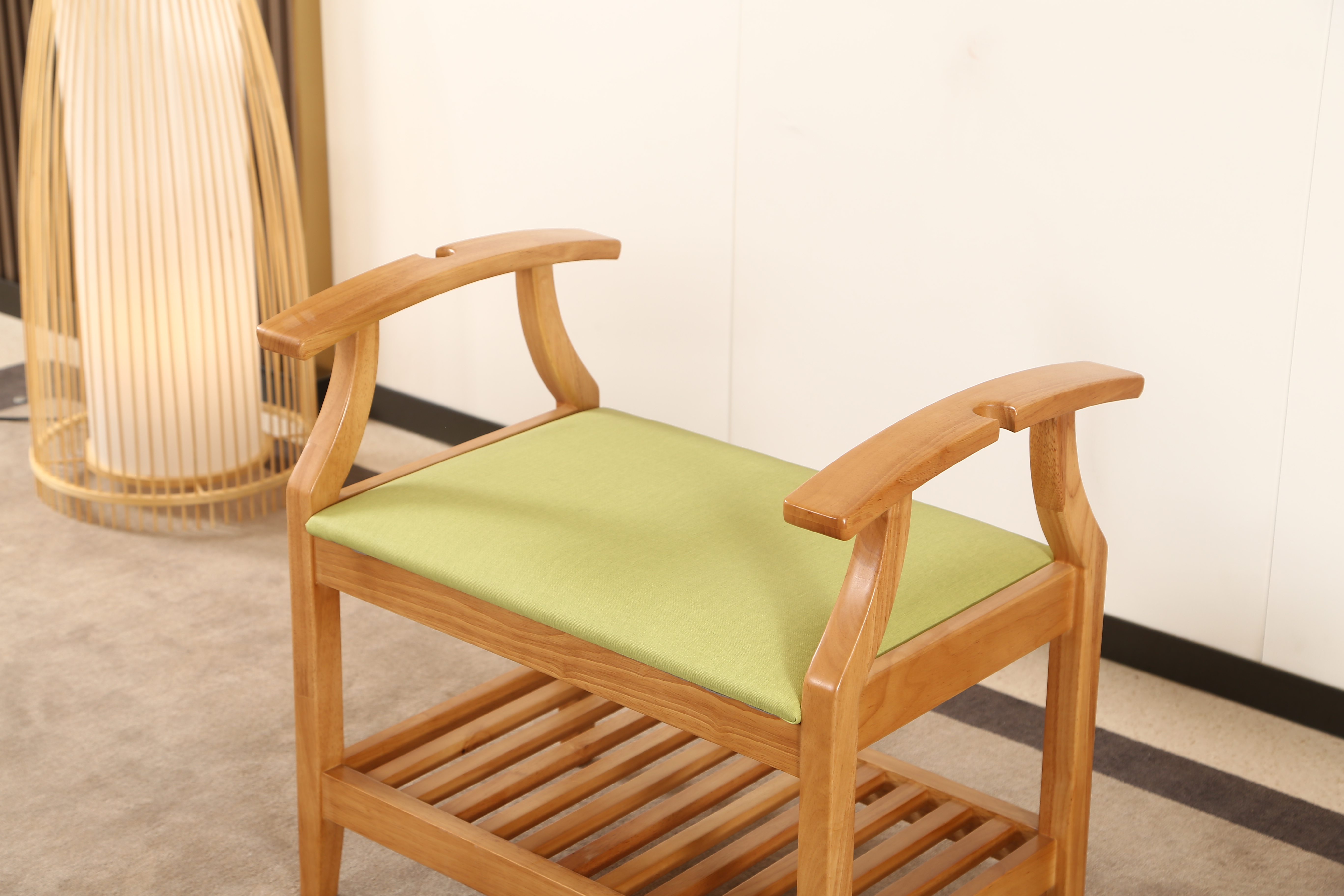Regular Furniture vs. Elderly-Friendly Furniture: What Makes It Better?
There are significant differences between regular furniture and elderly-friendly furniture in terms of design, functionality, safety, and comfort. Elderly-friendly furniture is not just "furniture that seniors can use"—it is specifically designed to cater to the physical characteristics and daily habits of the elderly, improving their quality of life and ensuring their safety.
1.Design Concept Comparison
Regular Furniture: Focuses on aesthetics, trends, and mass-market needs, suitable for the general population.
Elderly-Friendly Furniture: Follows ergonomic and barrier-free design principles, tailored to meet the physical and psychological needs of seniors, reducing usability obstacles.
2.Functional Design Comparison
Regular Furniture: Prioritizes multifunctionality and modern aesthetics but may overlook ease of use for the elderly.
Elderly-Friendly Furniture:
Optimized Height: Chairs and seats are designed at an appropriate height for easy sitting and standing.
Assistive Features: Items like shoe-changing stools with armrests help seniors sit down and stand up more easily.
Anti-Slip & Fall Prevention: Includes non-slip bedside steps, bathroom furniture with handrails, etc., to reduce fall risks.
Smart Features: Some products come with motion-sensor lights, emergency call buttons, and other safety-enhancing technologies.
3.Material Selection Comparison
Regular Furniture: Often uses hard or slippery materials, which may pose safety hazards for seniors.
Elderly-Friendly Furniture:
Anti-Slip Materials: Such as non-slip wooden floors and cushioned seats.
Eco-Friendly Materials: Designed to reduce harmful substances like formaldehyde, protecting seniors' health.
Softened Edges: Rounded corners to prevent injuries from accidental bumps.
4.Safety Comparison
Regular Furniture: May have sharp edges, be too high or too low, causing inconvenience or hazards.
Elderly-Friendly Furniture: Features barrier-free designs, including low thresholds, handrails, and stable structures to minimize the risk of falls and accidents.
5.Comfort Comparison
Regular Furniture: Chairs may be too hard, mattresses may lack proper support for the spine, and designs may not accommodate senior needs.
Elderly-Friendly Furniture:
Ergonomic Design: Chairs and mattresses provide adequate support to protect the spine and joints.
Temperature-Sensitive Design: Surfaces like armrests and tabletops are designed to avoid being too hot or too cold, ensuring comfort for seniors.
Conclusion: The Advantages of Elderly-Friendly Furniture
✅ Better suited to the physical needs of seniors, offering greater comfort.
✅ Designed for safety, reducing the risk of falls and injuries.
✅ Thoughtful functionality, making daily life more convenient.
✅ Healthier materials, ensuring a safer living environment.
Elderly-friendly furniture is not a luxury but a necessity for improving seniors' quality of life. What elderly-friendly furniture do you think your home needs?






